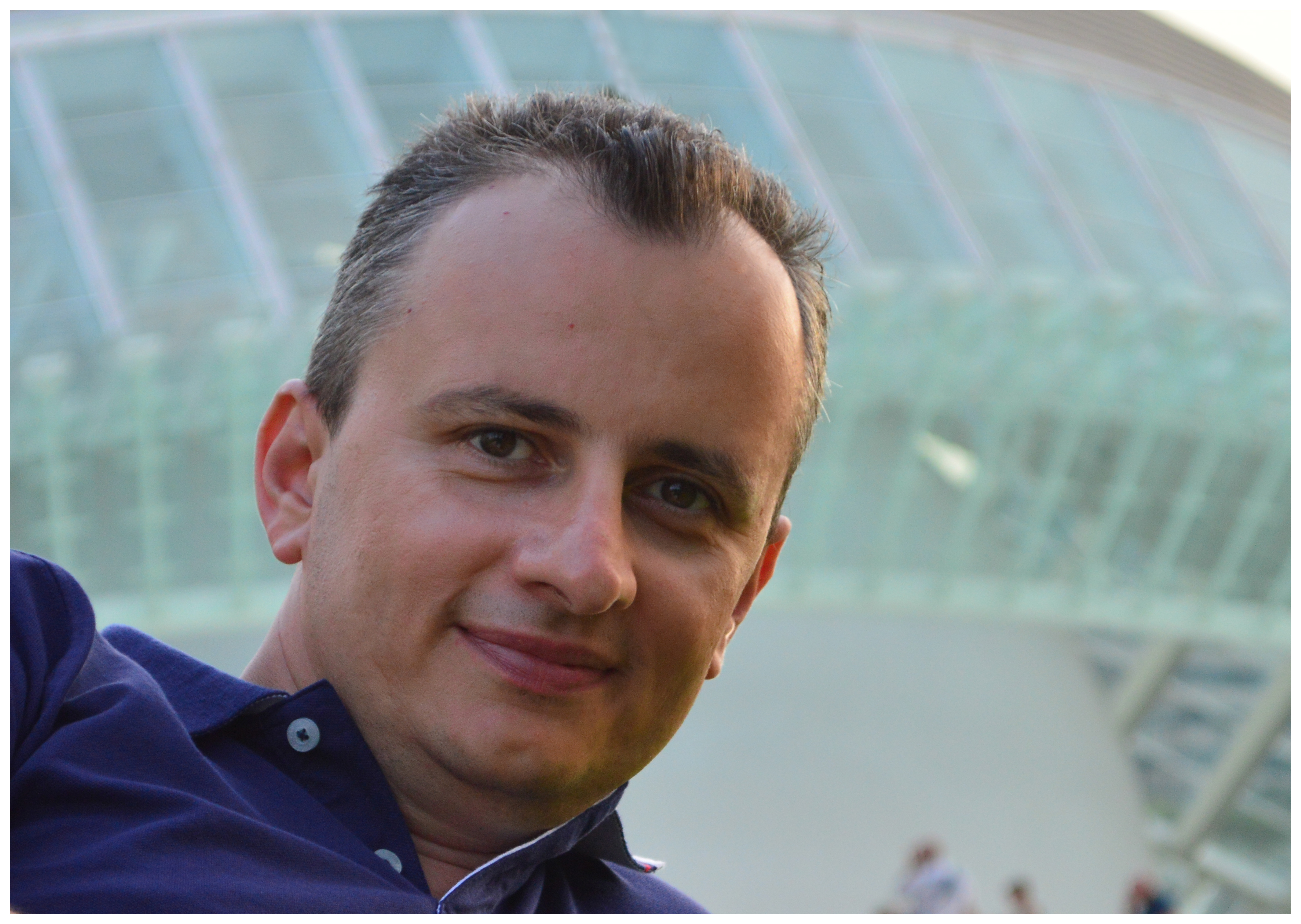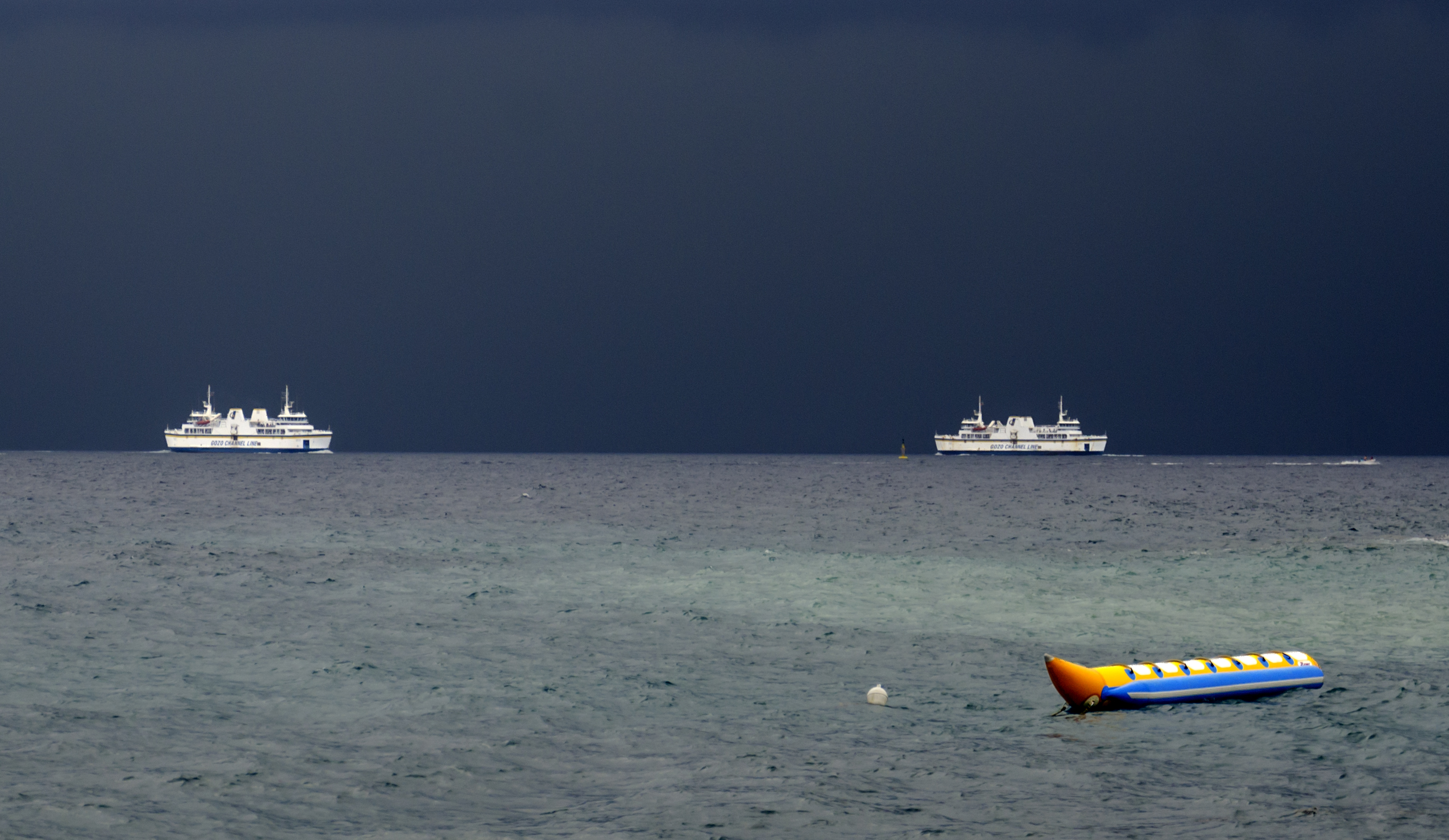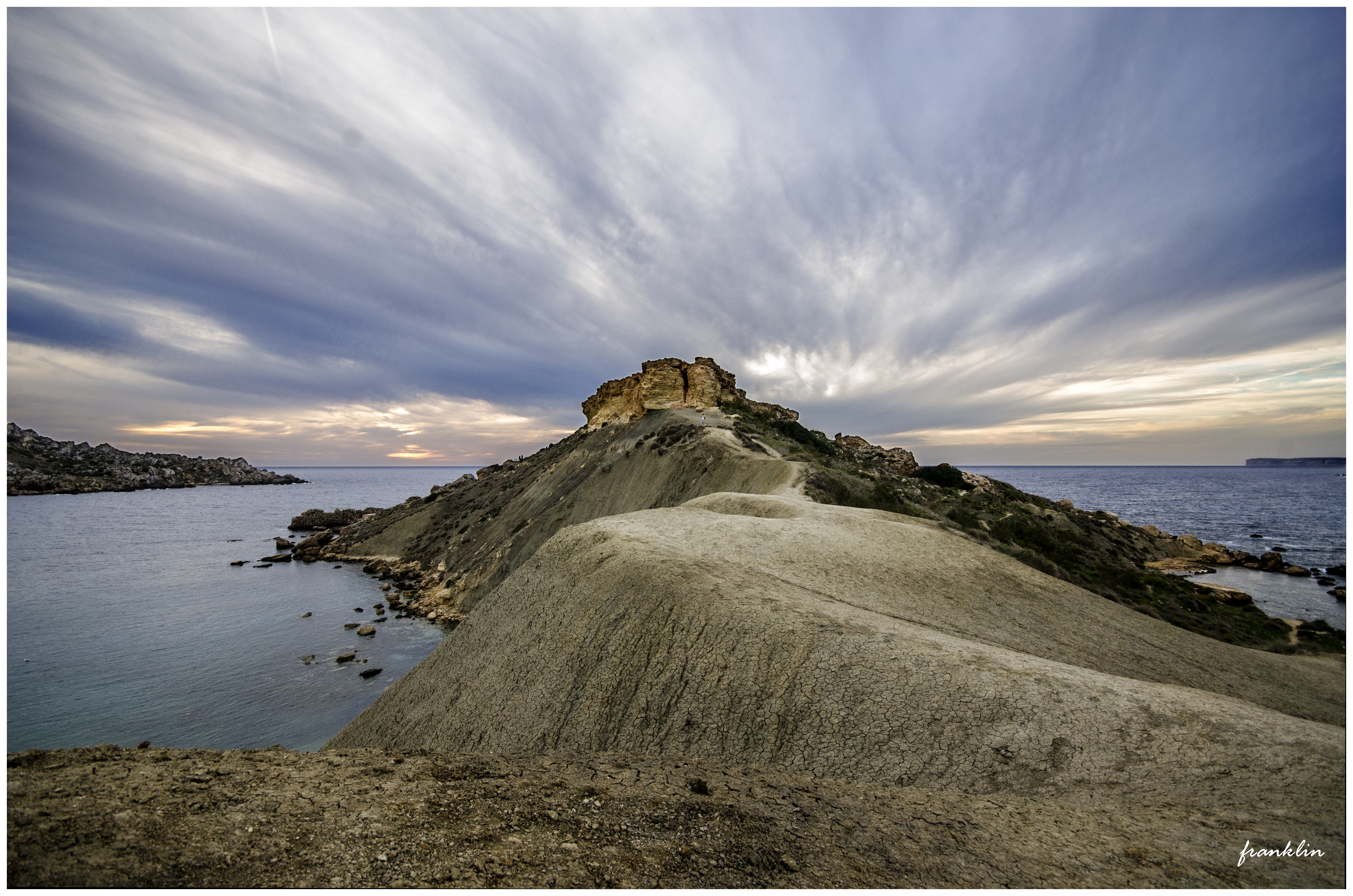Pharmacist Photographer
Marika Azzopardi
Being a pharmacist by profession generally means being cooped up indoors for all your working hours, facing sick clients requiring medicinals and dispensing advice. But many pharmacists tend to have another side to their life, one which generally takes them places and brings them in contact with the great outdoors in very specific manners.
Franklin Camilleri is a case in point. A pharmacist since 1992, he was always in public service rather than being a full-time dispensing pharmacist, and he gradually moved up the ranks of diverse departments and gained expertise in his sector of specialisation. Today he works at the government’s Central Procurement and Supplies Unit (CPSU) wherein he holds a post of great responsibility as Principal Pharmacist within the Emergency Response Unit (ERU). His work not only involves meticulously scouring the government medicinal supplies and providing options to fill gaps according to need, but also a great deal of office work, delegation and coordination. This involves dealing with local and foreign pharmaceutical supply agencies, different shipping couriers and agencies as well as all the local public hospitals and health clinics. Nowadays with the setting up of the POYC system, his involvement with this part of the market is very intense. The work also involves a good level of research into product development and the carrying out of evaluations of medicine costs, which tasks are regularly required especially when certain stocks run low and replacement products must be procured as speedily as possible.
“We currently have 60+ items considered as fast movers within the POYC system and these include products such as aspirin – all must be constantly in supply. All medicinals are imported into Malta and when there is a shortage of a raw material that composes a specific product, the sourcing company is the first to stop supply. It is understandable that no raw materials translates in manufacturing problems and supply discrepancies. Moreover, once a manufacturer detects the possibility of an extraordinary or emergency demand in his own country or region, exports are the first to get blocked since all products are retained for local use. For instance, blood products are quickly retained by warring countries or countries which are on the brink of civil strife.”
But all this indoor work gives scope to a passion for something totally creative and this 44-year-old gentleman is an amateur photographer close to turning professional. He claims he became addicted to photography, most especially when the digital era came into fashion. “I had always been fascinated by photography and still have the first important camera I purchased in the 1980s, but in the past this hobby necessitated a great deal of technical know-how, dark-room development skills and the like. It was somewhat more complicated. Once digital photography became available, I had no qualms about embracing the hobby with eagerness. Naturally I have taken several courses and attended workshops to learn more about photography because you never know enough and I pay special attention to the techniques I use and effects I manage to achieve.”
Today, he likes to photograph landscapes, seascapes, scenery in general. Sometimes friends and family ask him to photograph special events or to take portraits. Franklin travels a lot with like-minded friends, specifically to take pictures, many of which are carefully examined, refined and filed for future use. “I would love to exhibit my works one day but still feel I am not prepared, although all those who see my photographs say to the contrary.”





